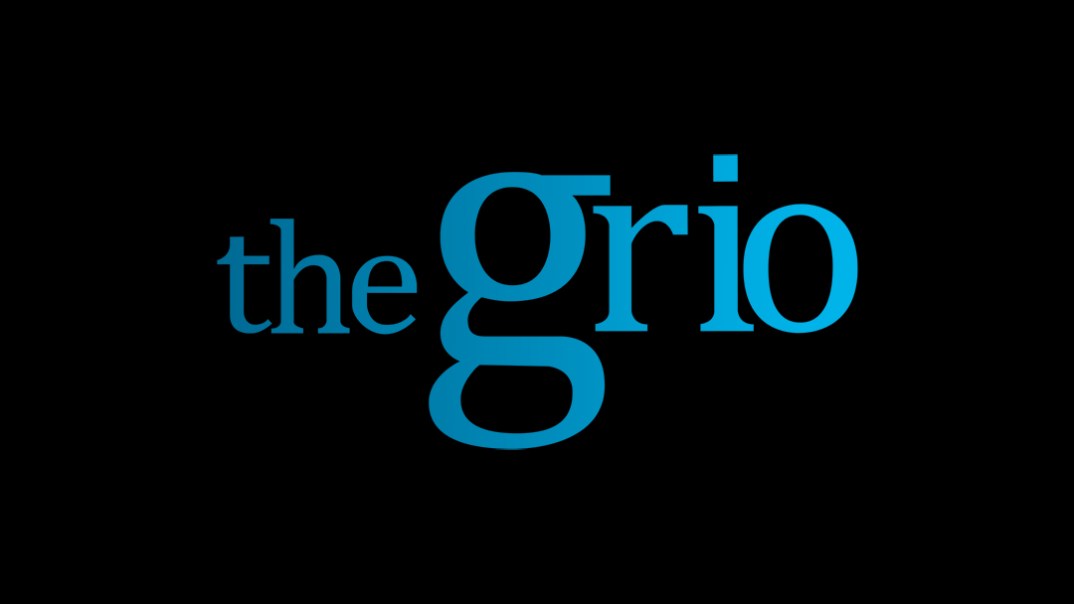Fewer Americans sought unemployment aid last week
WASHINGTON (AP) - The number of Americans applying for unemployment benefits fell last week to the lowest level in seven weeks, although applications remain elevated...

WASHINGTON (AP) — The number of Americans applying for unemployment benefits fell last week to the lowest level in seven weeks, although applications remain elevated.
The Labor Department said Thursday that applications for benefits dropped by 14,000 to a seasonally adjusted 418,000.
Applications have topped 400,000 for 13 weeks, evidence the job market has weakened since the beginning of the year. Applications had fallen in February to 375,000, a level that signals sustainable job growth. They stayed below 400,000 for seven of the next nine weeks. But then applications surged to an eight-month high of 478,000 in April and have shown only modest improvement since.
The four-week average, a less volatile measure, declined for the first time in four weeks, to 424,750.
The department says that about 2,500 applications in Minnesota were from state employees temporarily laid off because of a state government shutdown.
Stock futures rose earlier in the day after a report from payroll processor ADP said the private sector added 157,000 jobs last month. That was more than double what economists had forecast.
The government will release its June employment report on Friday. Economists expect employers added a net total of 90,000 jobs last month and the unemployment remained stuck at 9.1 percent, according to a survey by FactSet. That’s below the 125,000 jobs per month the economy needs to generate just to keep up with population growth. And at least twice that many jobs are needed to bring down the unemployment rate.
The economy slowed this spring partly because of temporary factors. High gas prices forced consumers to cut back on discretionary purchases, such as vacations and appliances, which help drive growth. And the March 11 earthquake in Japan led to a parts shortage that reduced U.S. manufacturing output.
Companies responded by reining in hiring. Employers added only 54,000 net new jobs in May, much slower than the average gain of 220,000 per month in the previous three months. The unemployment rate rose to 9.1 percent from 9 percent in April.
The government said last month that the economy grew only 1.9 percent in the January-March quarter. Analysts are expecting similarly weak growth in April-June quarter, as well.
There are signs that growth will pick up in the second half of the year.
Gas prices have declined since peaking in early May at a national average of nearly $4 per gallon. Gas prices averaged $3.58 a gallon nationwide on Thursday, according to AAA.
And manufacturing activity expanded in June at a faster pace than the previous month, according to the Institute for Supply Management. That suggests the parts shortage is beginning to abate.
The economy should grow at a 3.2 percent pace in final six months of the year, according to an Associated Press survey of 38 economists.
Still, growth must be stronger to significantly lower the unemployment rate. The economy would need to grow 5 percent for a whole year to significantly bring down the unemployment rate. Economic growth of just 3 percent a year would hold the unemployment steady and keep up with population growth.
Copyright 2011 The Associated Press.
